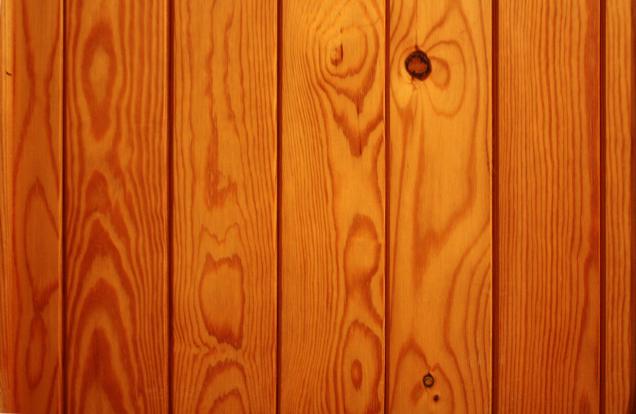-
-
Mini Zombie Pipe
Here are some mockups I did for a game design last year.
The general premise is a 2d physics game with multiple single-screen levels. When the level starts, you have a few seconds to rearrange whatever items/furniture/planks of wood you find lying around and place your hero somewhere on the screen. After the initial timer has run out, the pipe opens and hundreds or thousands of tiny zombies or robots (or robot zombies) pour into the level. You have to avoid being touched by them for 30 seconds, after which the level is cleared and you're on to the next level. The difficulty is in being able to quickly rearrange the furniture and choose your safe spot to prolong the time before they get you. As they are able to eat through most things, they would eventually get through.
There is the possibility for tweaks to the difficulty setting by changing the amount of available furniture, whether the protagonist can move mid-level, how many zombies there are, how small they are and so on.
At the time, I was too busy building The SMWS Spirit Cellars and when i had time again, I started building The Elementals so I never came back to it. Looks like it could be a fun game, though.
-
Yet another wood texture
-
Uncooked Composition 5
Now for a complete break from the norm... a guitar.
I'm not nearly as confident improvising on the guitar as I am on the piano. Mostly because discordant noises on the piano sound intentional. The same noise on a guitar sounds like failure.
Still, I found this in amongst a pile of old recordings (a virtual pile, it was on a backup drive). It was recorded some time in late 2003, I think. As always, there's a bit of a stutter at the start. That's kind of the point of this project.
-
I made this
Reading over recent posts, you may have gotten the impression that I'm a bit of a geek. I occasionally need to remind myself that I wasn't always so this weekend, I took a few hours and drew a picture of Oskar (the youngling).
Here are a few pictures I took of the drawing as it came along. Apologies for the quality not being great but my drawing studio isn't the best setup for photography.

Initial sketch of his head. 
A bit more arm. 
Some detail on the eyes to try and get a feel for the style. 
Shading around the head and detail on the mouth. 
Detail on his clothing. 
Texture and depth added to the arm. 
More depth to the clothes. 
Finished.










